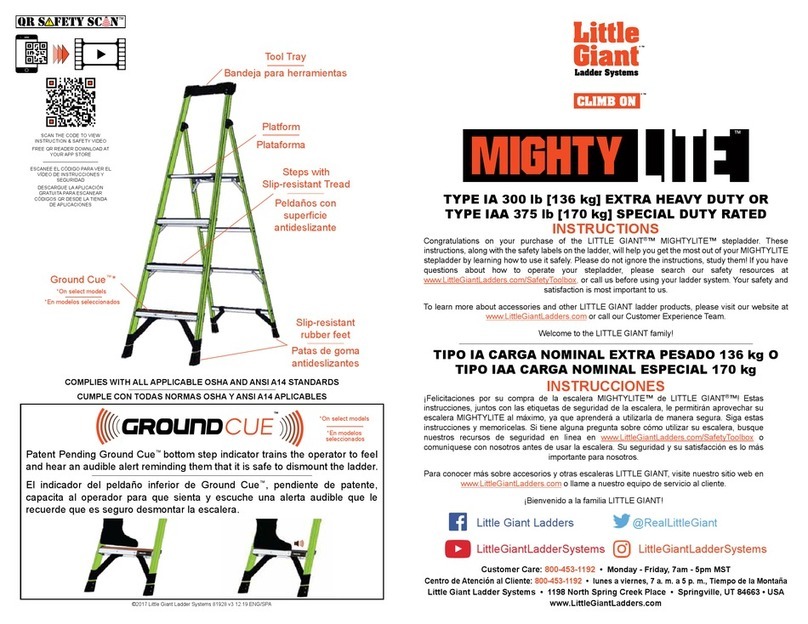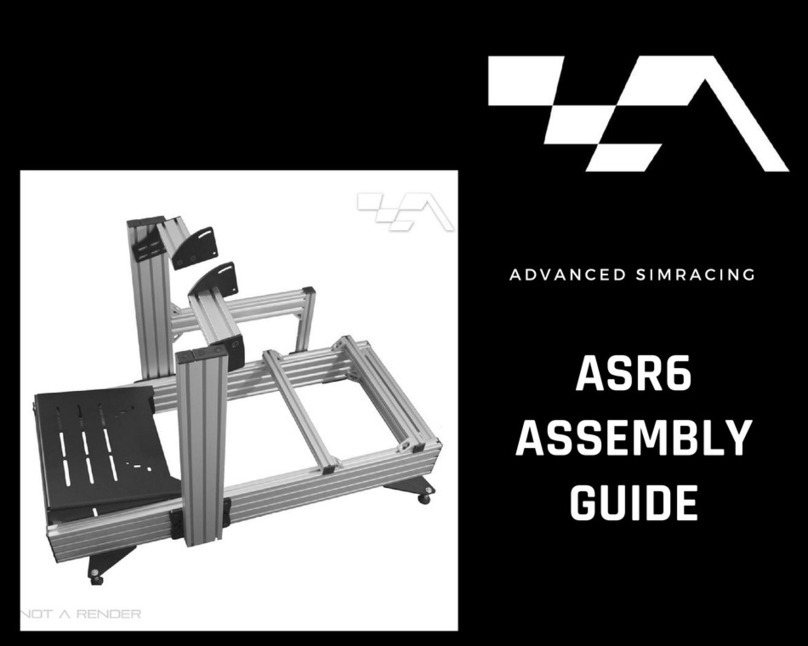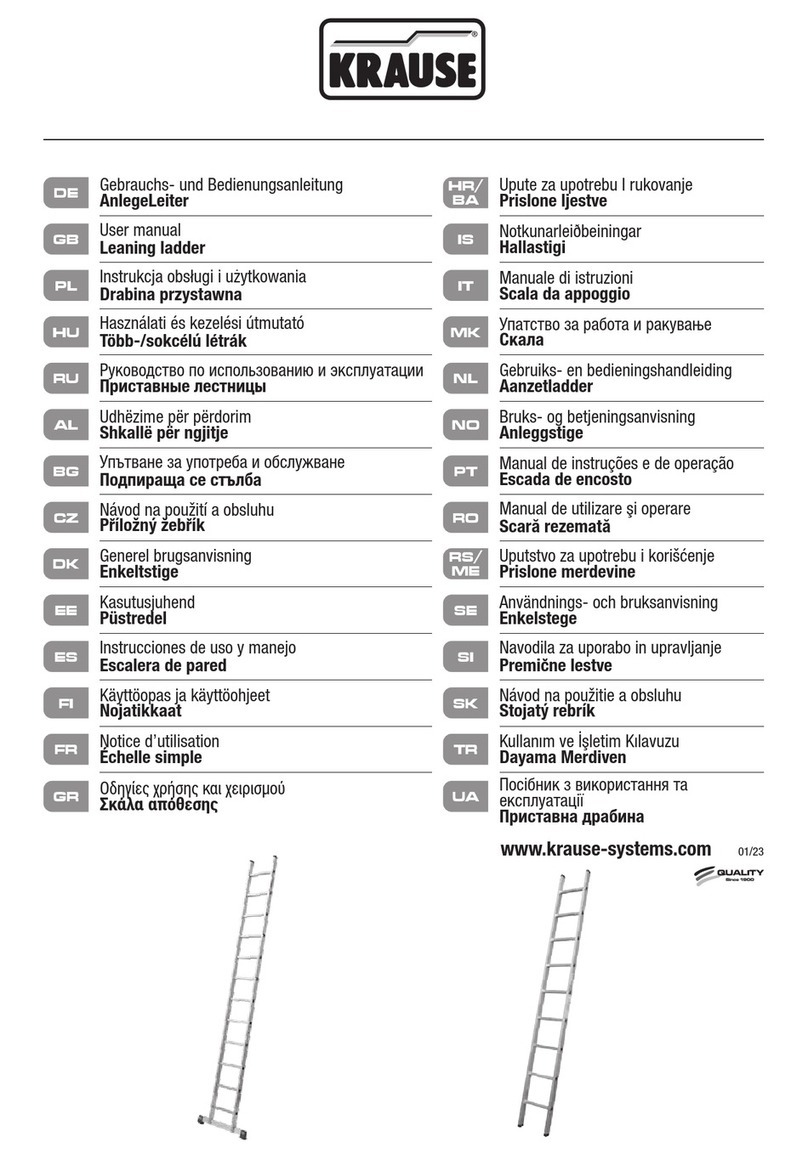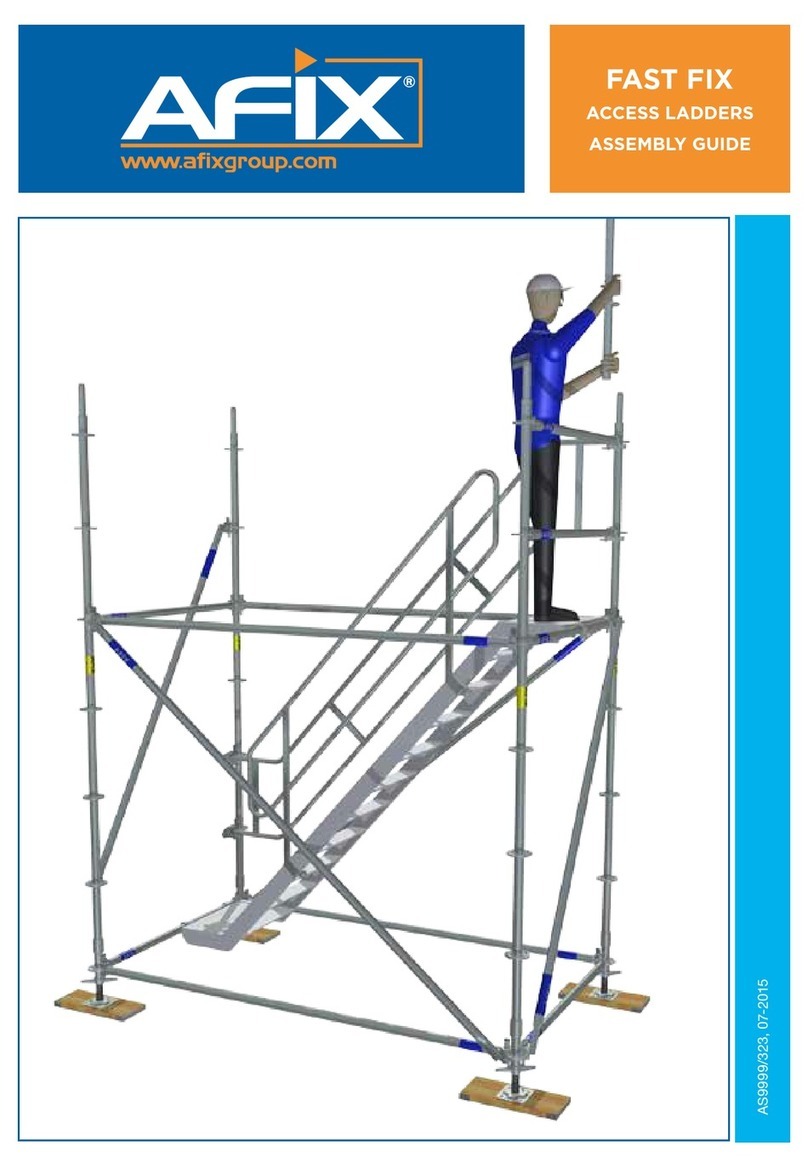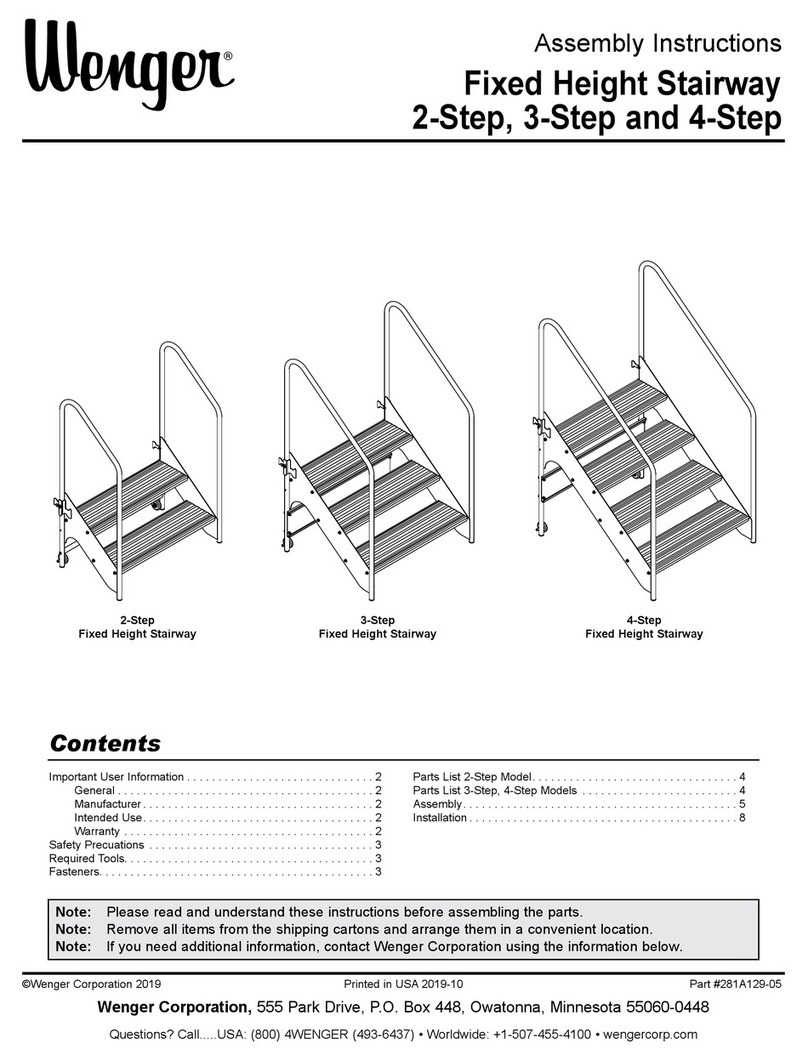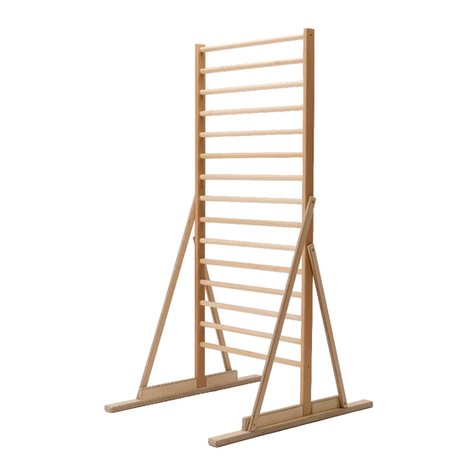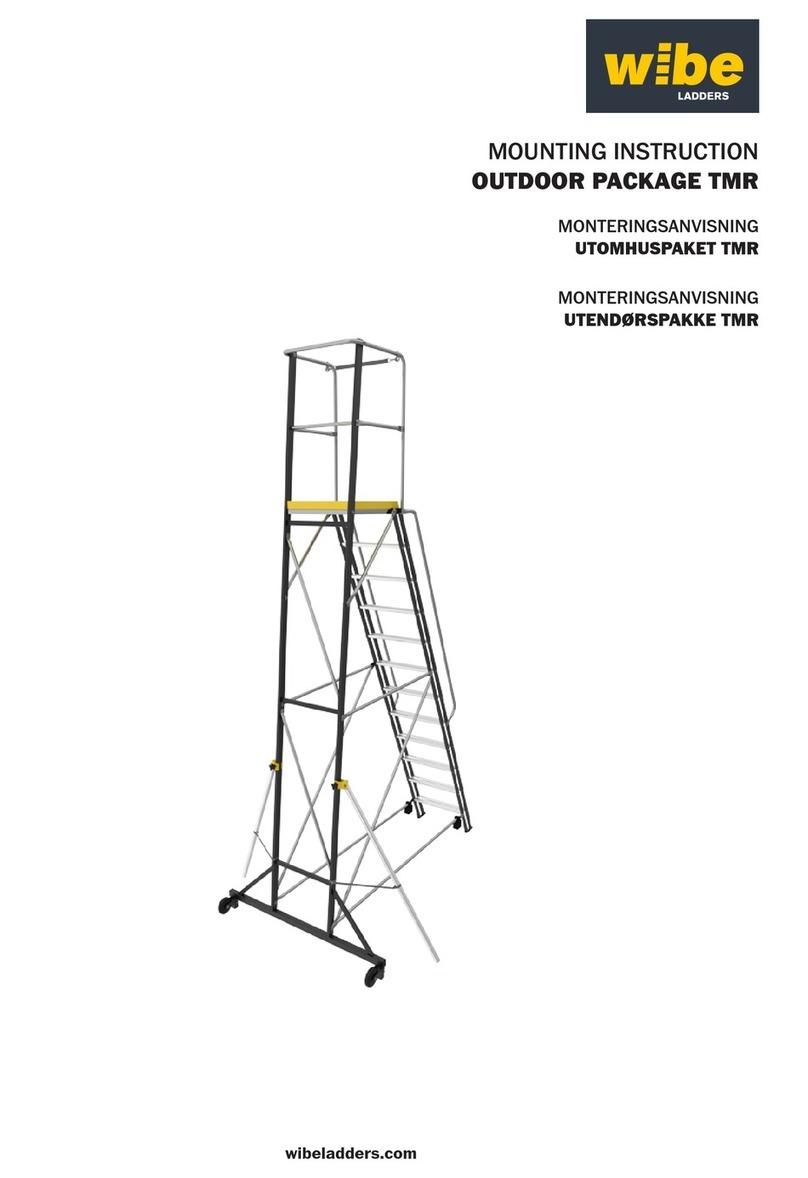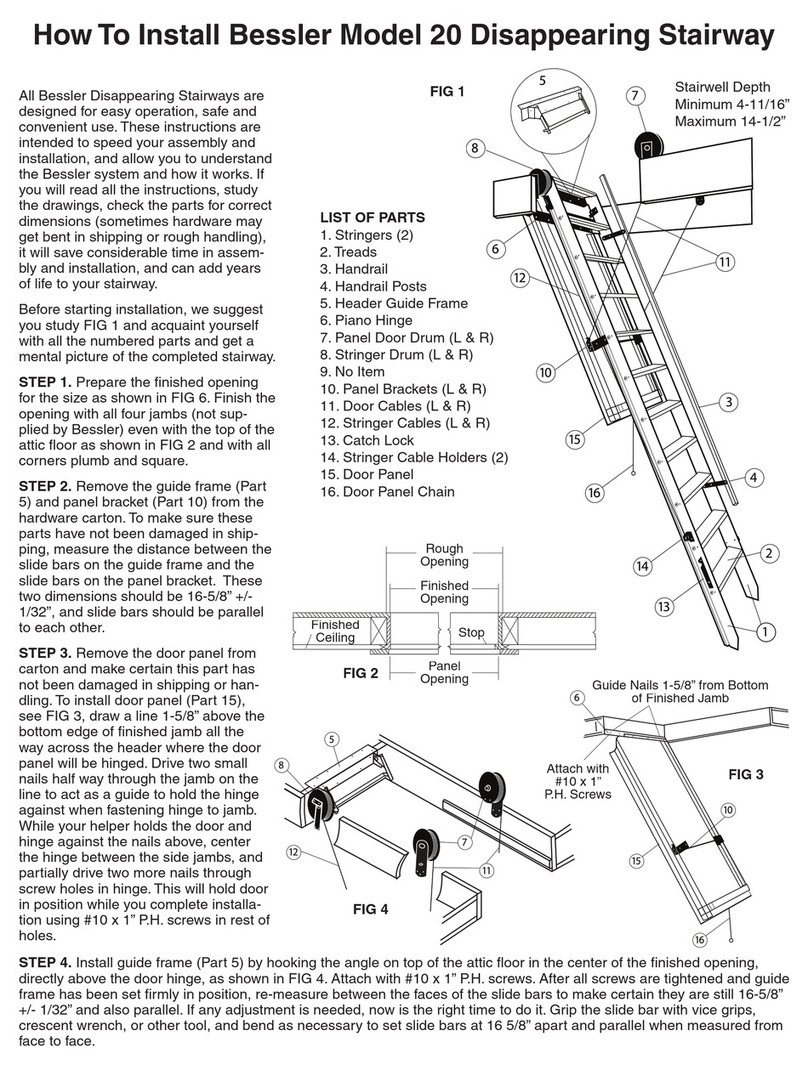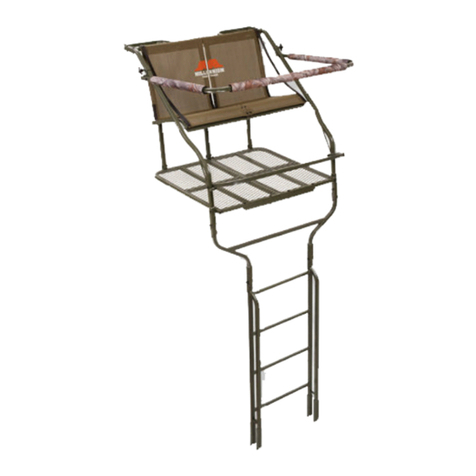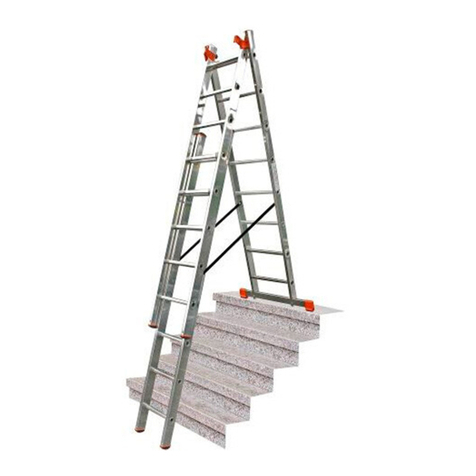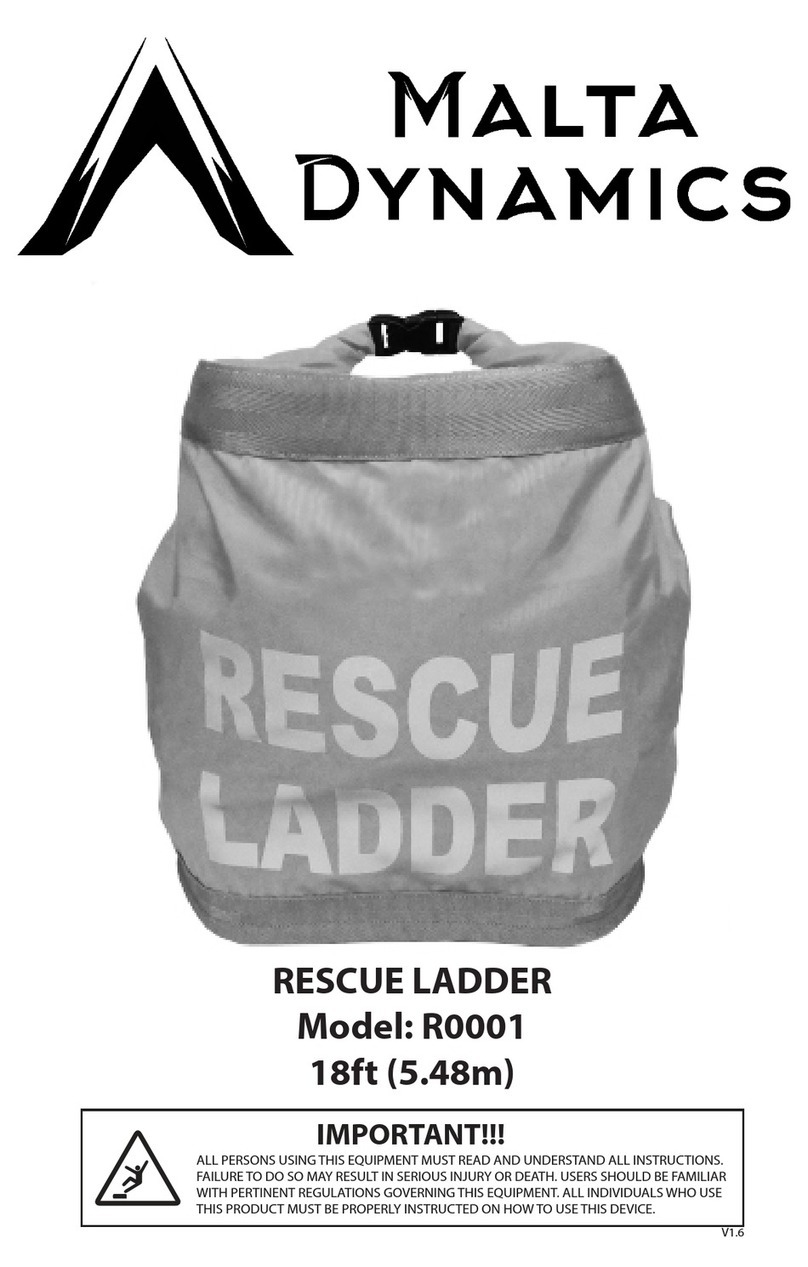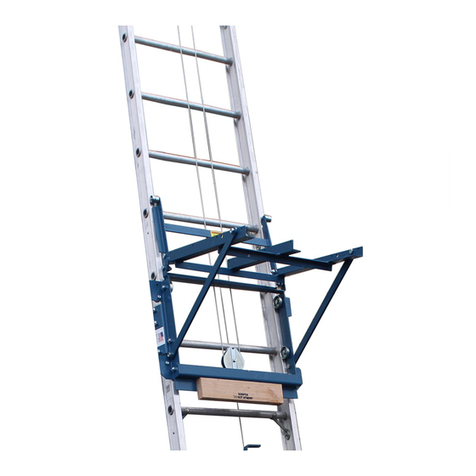
8
D. Adjusting the height of the ladder in its exten-
sion ladder position.
1. From its stored position, unlock hinge (as indi-
cated in figures A-4 & A-5) and rotate to exten-
sion position until both hinges lock into place.
NOTE: Hinge will first lock in A-frame position,
repeat unlocking hinge to rotate its extension
position.
2. If equipped with wheels, wheels must be
at the top of the ladder while in the extention
position. Unlock Lock Tab Assemblies on upper
half of the ladder. Grasp the outer ladder, walk
backward, allowing the ladder to telescope to the
desired height. If more height is desired, extend
the lower half of the ladder (see figure D-1).
3. To store the ladder from its extension posi-
tion, reverse the above sequence starting with the
lower half of the ladder.
E. Staircase Position.
1. Adjust ladder to desired height (review sec-
tion concerning adjusting the height of the ladder
for use in the A-frame position.) If equipped
with wheels, the wheels should be placed on the
bottom of the long side, not against the stairs.
2. Then adjust the side desired for proper
alignment to fit the staircase (see figure E-1).
WARNING: DO NOT REMOVE LOCK TAB
ASSEMBLIES FROM LOWER HALF OF THE
LADDER WITHOUT HAVING A SECURE HOLD
ON THE INNER SECTION.
Figure E-1
WARNING: WHEN TELESCOPING THE
INNER LADDER WITHIN THE OUTER BASES,
NEVER ALLOW CLOTHING OR BODY PARTS
TO BE PLACED BETWEEN THE RUNGS.
ALWAYS HOLD THE LADDER WITH BOTH
HANDS ON THE VERTICAL UPPER RAILS
OR HINGES OF THE LADDER WHILE TELE-
SCOPING UP OR DOWN.
Figure D-1A
DO NOT
Figure D-1
WHEELS
AT TOP
WHEELS
AT
BOTTOM
